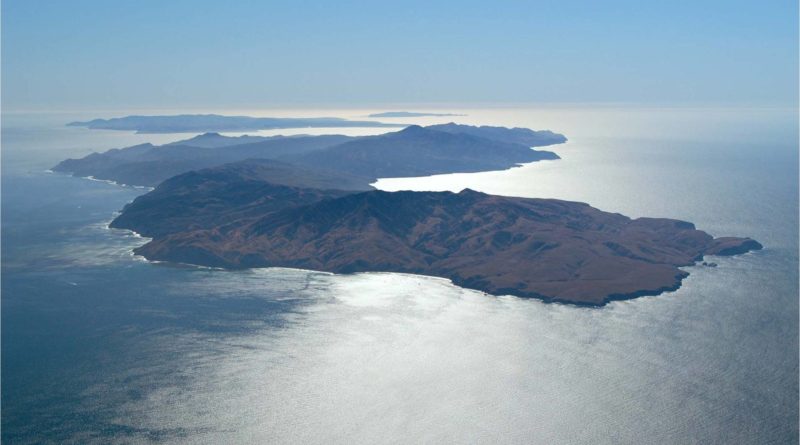Channel Islands: One of the World’s Most Diverse Archipelagos
Upcoming lecture will share information of coastal region’s history and environmental recovery.
SANTA BARBARA ― Southern California is home to an extraordinary archipelago known as the Channel Islands. In fact, the Channel Islands contain more plant and animal species than the Galápagos Islands.
A lecture called “Precious Cargo: Saving the Biological Riches of the Channel Islands” will take place at Santa Barbara Maritime Museum (SBMM), Nov. 9. Vital information will be shared about how the Channel Islands were on the verge of environmental annihilation in the not too distant past.
California Islands Conservation Director Eamon O’Byrne will be the speaker. O’Byrne, a former yacht racer, professional mariner and charter boat skipper, joined The Nature Conservancy in 2008. He has led conservation efforts on the Channel Islands since 2013.
“I will be covering the human and the ecological history, how they were interlinked and the extraordinary effort it took on the parts of lots of different people to bring these islands back to life,” O’Byrne told The Log. “It will give them a sense of how incredible this jewel of this archipelago is; how incredibly precious these Channel Islands are.”
Included in O’Byrne’s lecture will be the state of the island fox, which was close to extinction on the Channel Islands (though for a different reason than its counterpart on Catalina Island).
O’Byrne will discuss why the fox population plummeted to less than 100 before recovering and rebounding to 2,100 on Santa Cruz Island alone.
“The recovery has been so successful that the foxes were removed from the endangered species list,” O’Byrne stated. “It’s actually the fastest recovery of a mammal in the history of the Endangered Species Act.”
Teamwork among a distinct specialty of individuals and organizations helped to restore the islands’ species.
Boaters who want to visit the Channel Islands to experience its environmental diversity can drop anchor at one of the region’s many coves without a permit. A permit, however, is required to step foot on The Nature Conservancy’s land. Permits can be obtained online at nature.org/cruzpermit.
The lecture begins at 7 p.m., with a question and answer session to follow. Admission costs $15 (or $5 for SBMM members).
More details are available online at online at sbmm.org/all-events.
Bill Dewey photo


